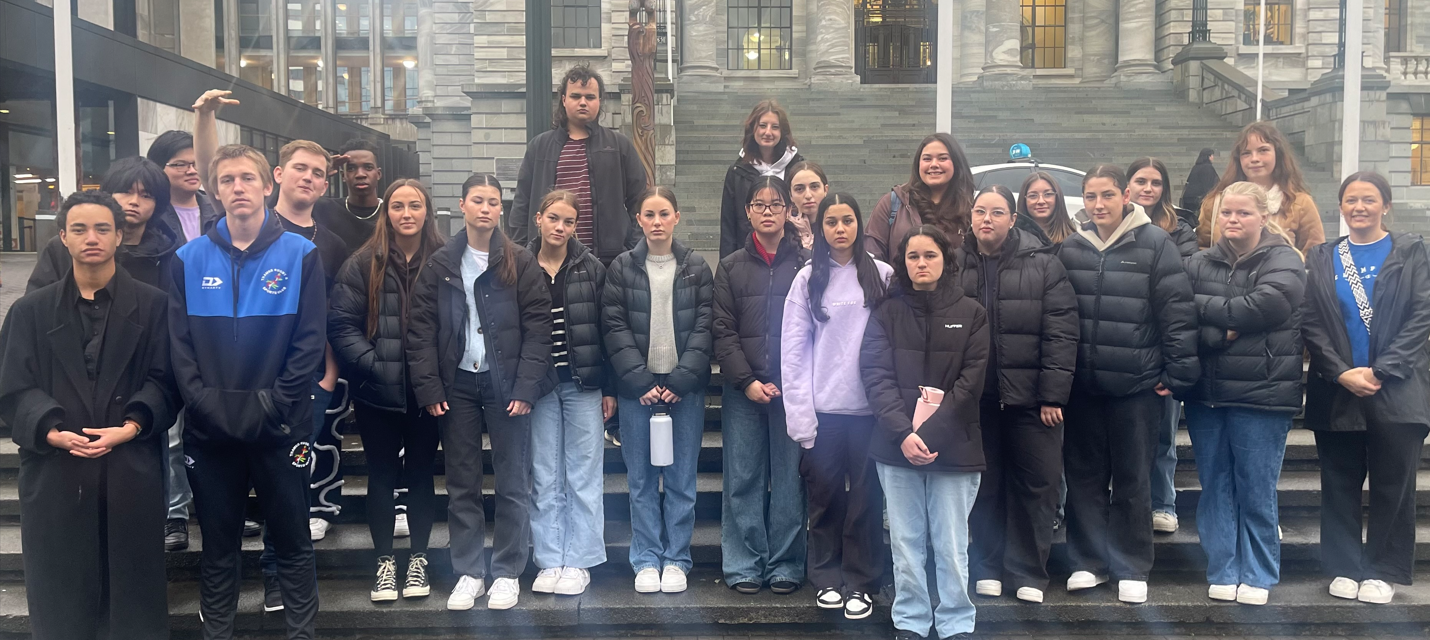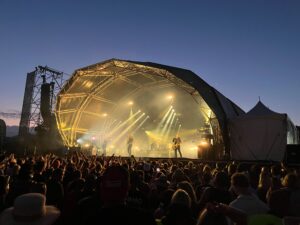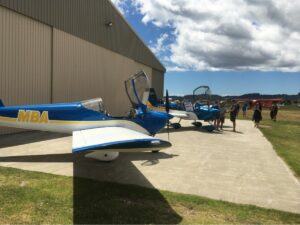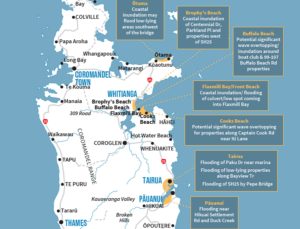A group of Thames High School students travelled to Wellington last month as part of their history and art studies.
The year 12 and 13 students visited the Holocaust Centre of New Zealand, Museum of New Zealand Te Papa Tongarewa, New Zealand Parliament and Wētā Workshop over the course of three days.
Seventeen-year-old student leader of academics Maia Harrison told The Profile the purpose of the trip was to look at and learn more about things the students studied in their history class.
Maia said they completed a unit on World War II, which was why they visited the Holocaust Centre.
The group of students also went on a walking tour of Parliament, where Maia said she walked past a few politicians.
“A couple of them I didn’t even realise were politicians until we went into the chamber and then watched them.”
Meanwhile, Year 13 student Jacob Rush was “shocked” during the public gallery session at Parliament that the group got to watch. Jacob had never seen Parliament TV before so it was “quite a shocking experience to see what it’s like in there”, he said.
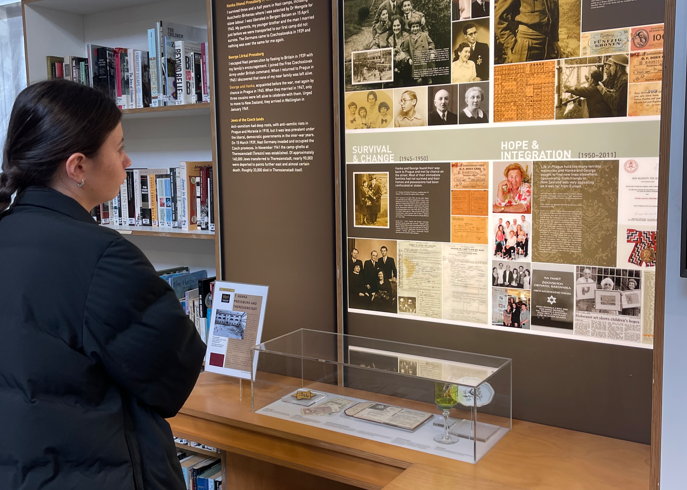
The group got to sit in on question time and hear a few speeches before moving on, Jacob said. However, it was their trip to Wētā Workshop that impressed the two students.
Although there wasn’t one specific piece of artwork that stood out to Maia, it was more the craftsmanship behind all of the work that people had done over the years, she said.
The amount of work produced by a New Zealand company for such big films was impressive, Maia said.
Jacob said one of the craziest things he saw there was the creation process for all the silicon molds and things people made – they were “really creepy… cool, but creepy”.
But one thing both students spoke highly of was their time at Te Papa.
Maia said she enjoyed one display called Blood, Earth, Fire. It showed New Zealand’s evolution: “what the land was like and the animals were like before, during, and after the country got discovered”, Maia said.
While Jacob said: “I feel like Te Papa was a really good experience”.
Te Papa offered oral and visual experiences, such as the Battle of Gallipoli – with models of people from the war, Jacob said. “It gives us a much more grounded perspective on things…obviously it’s not real, but it’s a much more real feeling and so, you connect with them more – with all of the exhibits.”


